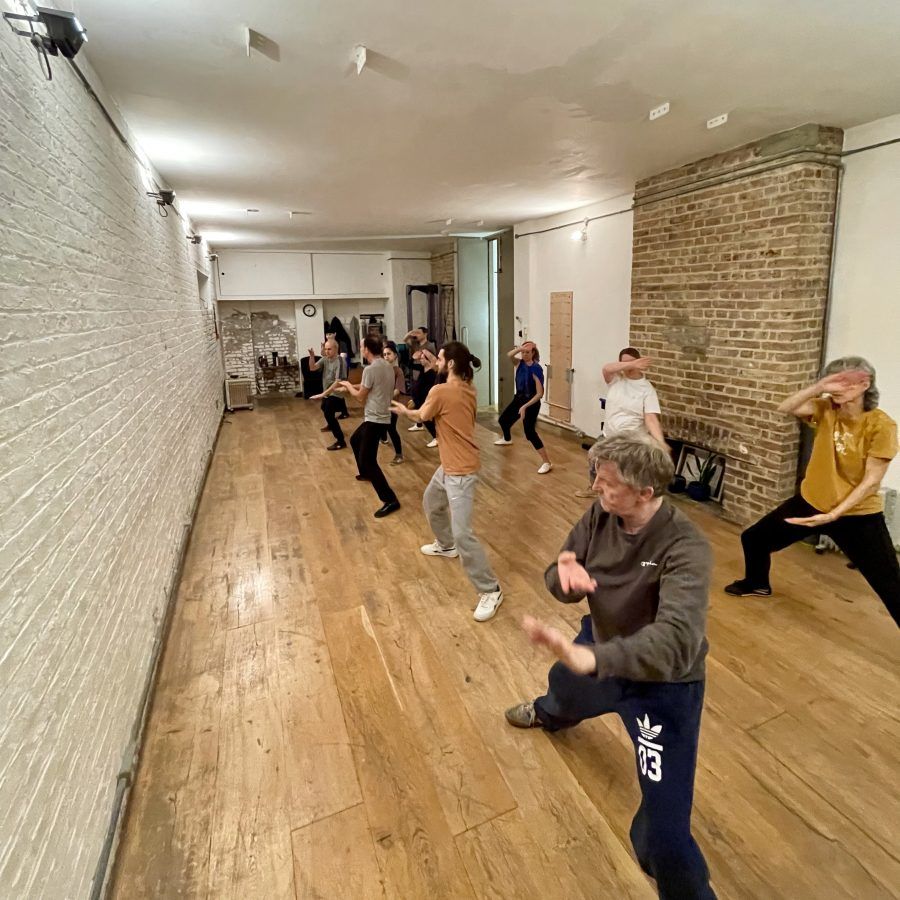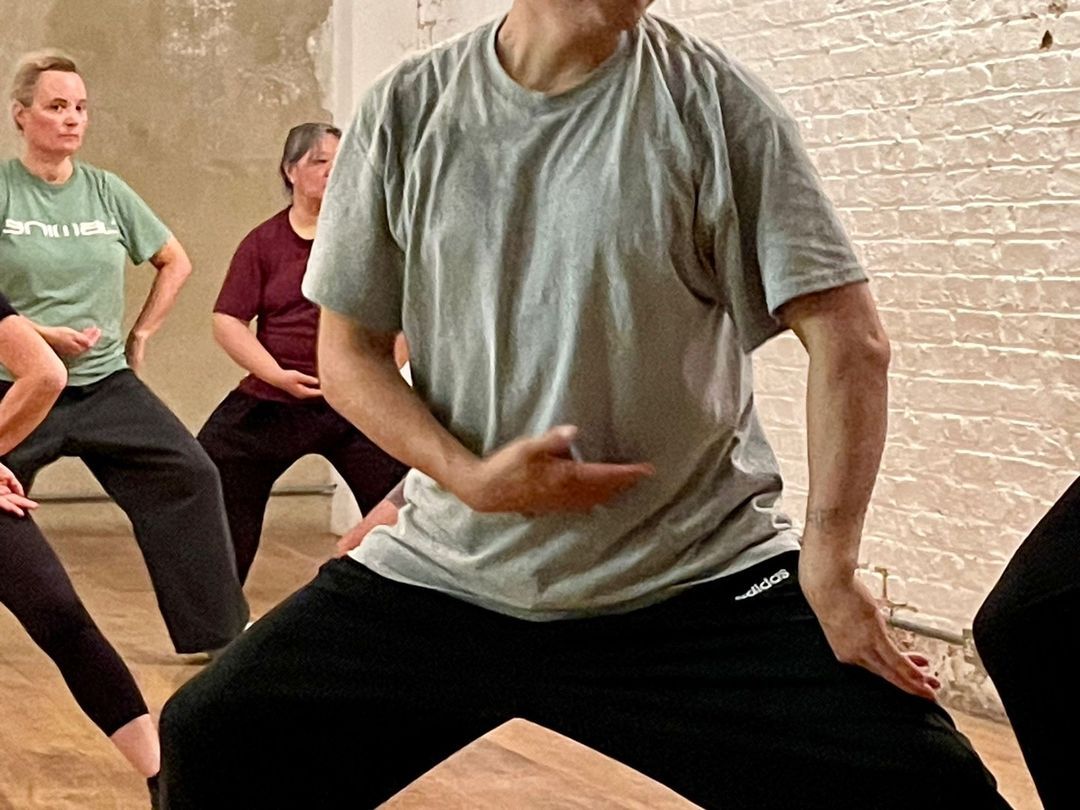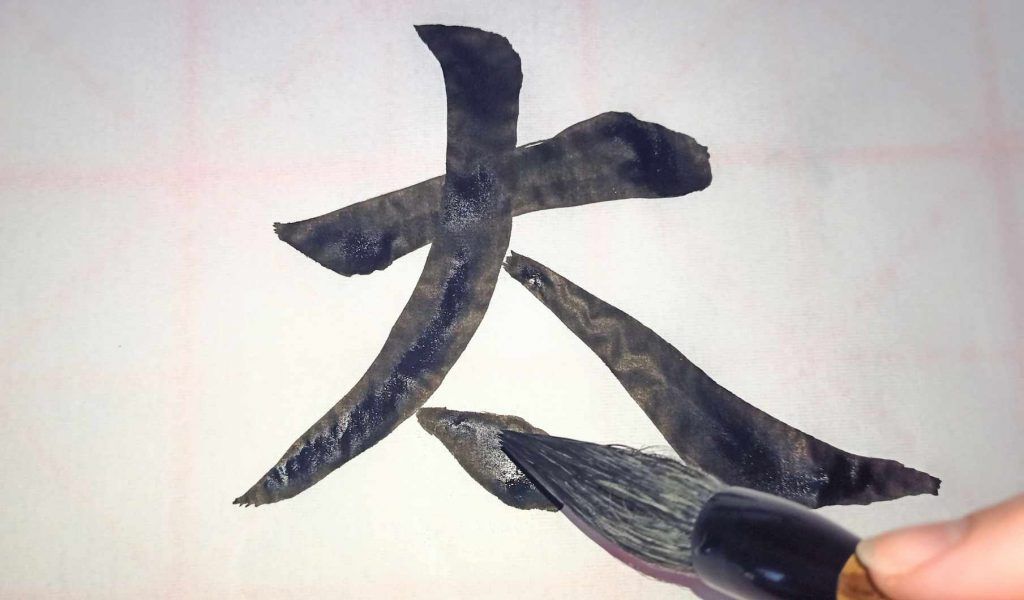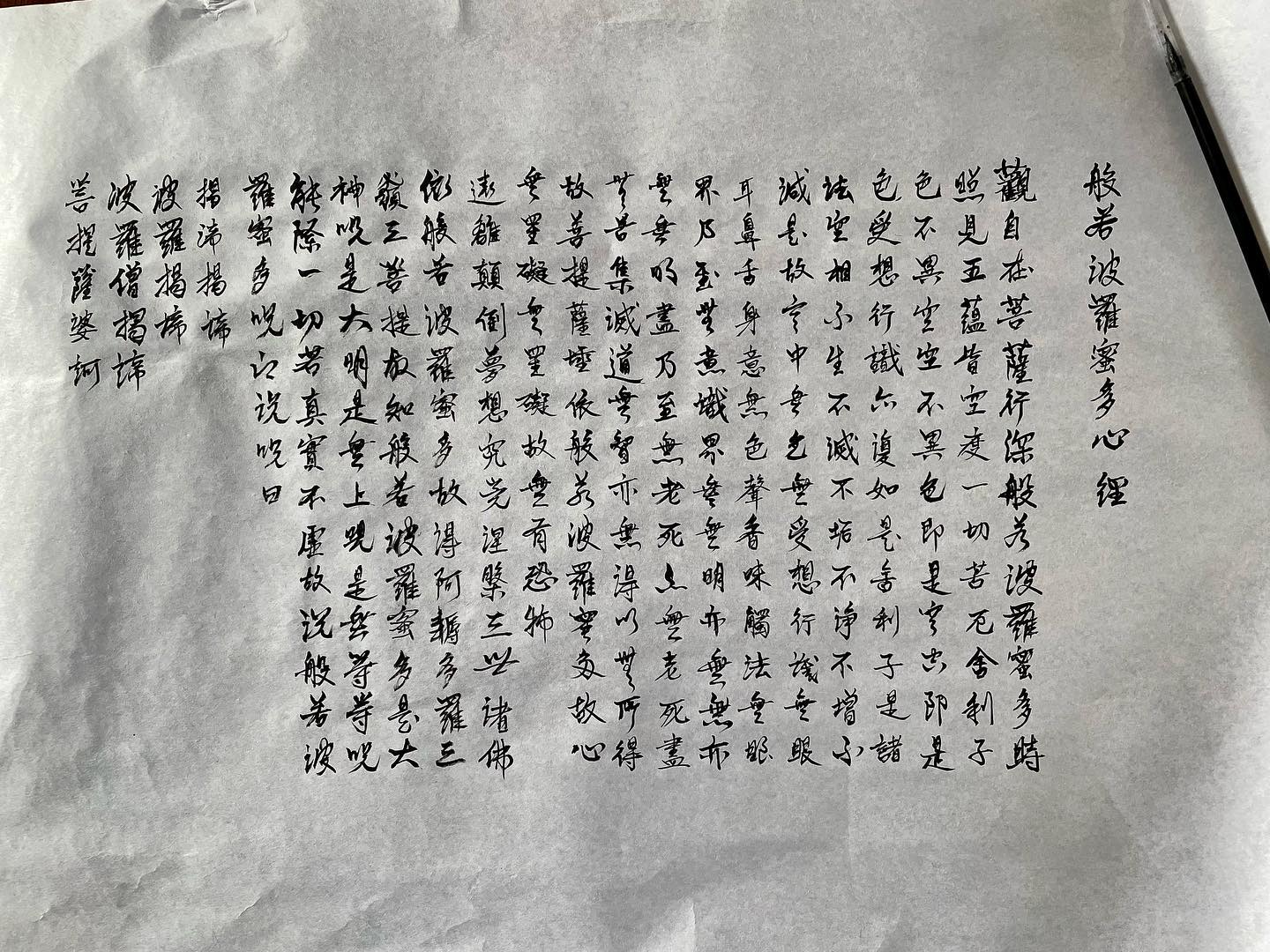
Painting a Picture of Martial Taiji
In a conversation with a fellow student, I was reminded of the words “Art Form” in relation to learning taiji as a martial art form.
An Art Form, for me, is a continuously evolving process. Something you continually improve. You cannot put a finite limit on it. In the same way, taiji as a martial art form is a continuously evolving process, and we should not put a finite limit on learning to achieve or acquire it. We need to be patient, and be prepared to invest many years.
However in my opinion, so long as you have realistic goals, the knowledge you gain is always beneficial. Enjoy the journey, don’t always only look at the goal.
When we start something new we are all enthusiastic and impatient to learn. As someone who helps to teach, as part of my own learning and the reinforcement of my taiji knowledge, I sometimes find myself in conflict. I love people’s enthusiasm, but I have to reign in how much knowledge I impart. Why? Because what I teach needs to be appropriate for the level the student is at.
So this is where the “evolving” of the art form comes in. We are taught basic movements initially, and as and when we progress, more detail will be added. Sometimes it may be just a slight variation, or it may seem as if the movement has been altered completely. Learning taiji is an iterative process.

In this school, whatever level you are at, we always train together. Sometimes I find this difficult as so much is being taught, and I need to determine what is relevant to me now, and what I should just take note of for my future training.
What I have realised is, not being corrected for errors does not necessarily mean that I am practising the movement 100% correctly – I may be doing it well enough for my level. I may also have been given time to see if I can figure things out on my own.
As a guideline, we are told that there are several levels in taiji to follow and master, of which I list the first five below. This is my interpretation of the levels (to date – after all it continually evolves).
Level 1 – relaxing and letting go
The starting point: students mainly learn the form and they are taught movements that are “large” and basic in manner (building blocks). Being unused to the movements, students may easily tire. Instead of relaxing, using their muscles kicks in.
The length of time for any student to achieve level 1 sufficiency depends on the student. The goal here is: when you let go, the opening of the meridians occurs in your body to allow qi to flow easily and without hindrance (setup for level 5).
- like using a big brush to create a simple drawing

Level 2 – whole body movement
Learning to move your body as one while practising the form. By this time most students would have completed learning the form and can now concentrate more on letting go and flowing, instead of what the next move should be. Movement is initiated by the body and not the head. When possible, think of the movement starting from your dantien even if you cannot do this physically as yet.
- The brush is easier to handle with practice, though the drawing is still not detailed.
Level 3 – fajin (fājìn, 發勁)
Starting with slow movements, the process of making any fajin is broken down to elements which are required to be done in a specific order. This trains parts of the body to move independently of each other which when eventually combined in one movement, results in a more perfect fajin. This also reinforces muscle memory of specific movements. Again, use intention to make the movement and your body will follow with the physical movement when it is ready.
Fajin is difficult to achieve – the most important element is that the movement is completely relaxed till the final contact. Patience is key – it is better not to attempt fajin at normal speed till you can fully let go and relax. If you practise the movement when you are not relaxed, it will be hard to undo the habit of tensing up.
- As the body understands, the brush gets smaller and the drawing more detailed.

Level 4 – dantien (dāntián,丹田)
This, we are told, is the control centre. If you want to move any part of your body, the movement starts from your dantien. This idea was introduced in level 2.
Imagine a ball in your abdomen that can rotate in any direction/angle. The rotation in your dantien creates the end movement, for example for your right arm to shoot out/thrown to the right, it would rotate in the direction of your right arm. As the movements are more trained, you have more control, and they will also become smaller and smaller. Eventually, someone observing you making the move will only see your arm shooting out without realising where the movement started from.
- The brush is used to draw very specific lines/curves, achieving full control of the brush.
Level 5 – qigong
With level 4 attaining control of movement, level 5 benefits from this control. You will be able to direct your qi around your body. As it is a martial art, we usually learn to direct the qi to the contact point: hand, fist, elbow, shoulder or foot for example. This is different from qigong for health, where the aim is to heal the body. Qigong for health also follows a slightly different route around the body.
The key thing here is the amount of qi you create and continue to develop. So level 5 is also about developing the size of your qi. By following and completing the previous steps, you should have set up your body for optimal qi movement around your body. Level 1 conditions the body, level 2 enables the movement, level 3 introduces the movement, level 4 trains control and force of the movement, for level 5, qi movement.
- Multiple brushes are in action at the same time to create the drawing.
Inevitably the lines are blurred between these levels, and there are other things that are also part of the mix. Rooting, for example, which links to relaxing/letting go of your body. With rooting you can “borrow” power from the ground for fajin and/or just become extremely stable.
You also never totally complete a level – there is always more room to improve. So if you find yourself stuck, you may just have to return to the beginning and work on making your foundation more solid. This way you will come to understand how good a taiji foundation you have.
Taiji is a Martial Art Form – continually changing and continually evolving. Each person develops at their own pace. How we practise now can be completely different to how we will be practising in the future. What is appropriate now may not be appropriate later. Take note of what is taught, but keep an open mind, your body will let you know as you evolve in your learning and training. Your body determines the time frame/speed of your taiji evolution.
The art form of martial arts taiji grows, evolves and matures – enjoy!